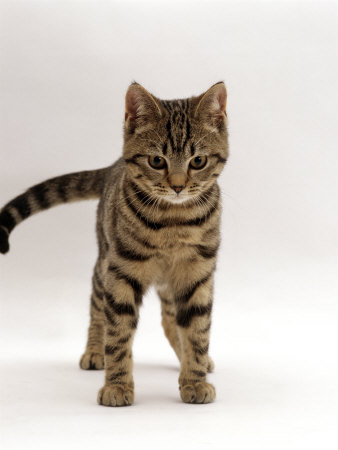Precerpt from Raising Happy Cat Families (Norwood) - The Would-Be-Only Cat

Wooper by herself in the hallway The Would-Be-Only Cat in a Multi-Cat Household Some cats clearly—or subtly—present as preferring to be the one and only. Sometimes it's fear. Sometimes it's jealousy. Sometimes it’s both. These cats may coexist with others, but their emotional well-being and overall health often show the cost of that compromise. It can be difficult to differentiate between cats who are genuinely frightened of others and those who simply don’t want to share the attention of their beloved human. Either way, their needs are different from those of cats who seek feline company. Wooper is a classic example. We adopted her from our veterinarian’s office, where she had lived for a while after being rescued by the vet’s neighbor—found as a tiny, abandoned kitten in the grass. She was sassy with the clinic staff, which we took as a promising sign that she might handle the dynamics of a multi-cat household. At the time, we had two boys and one girl, and we hoped she mi...



